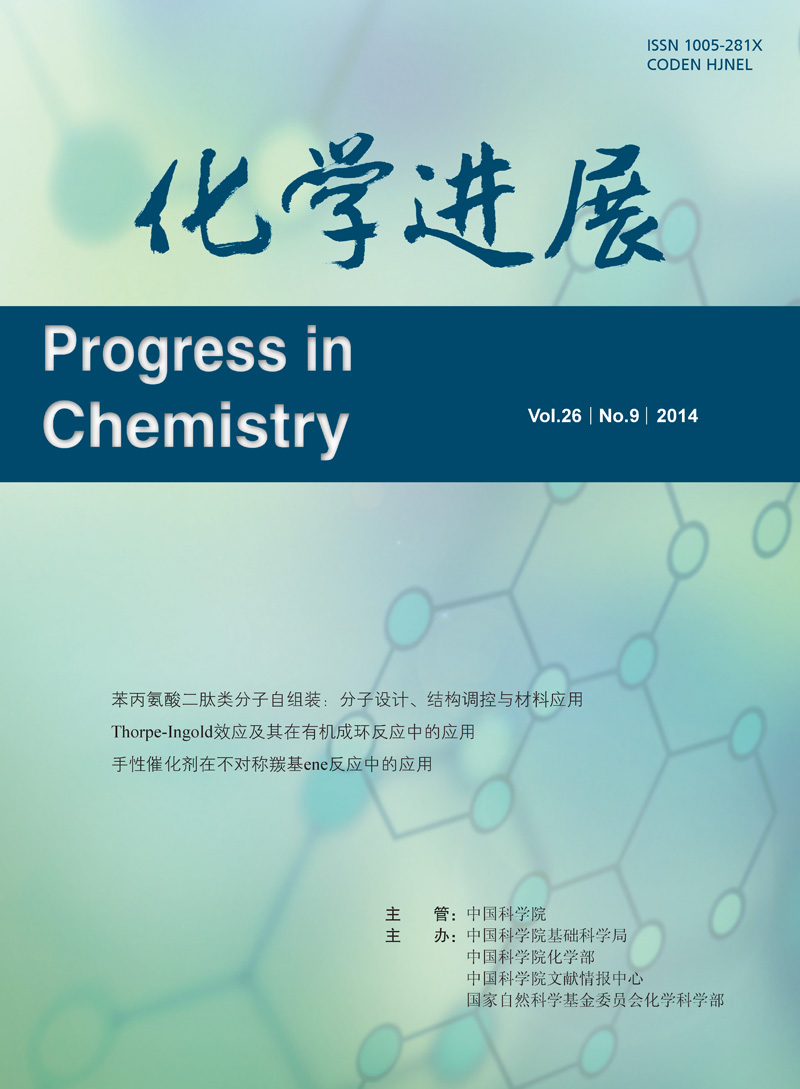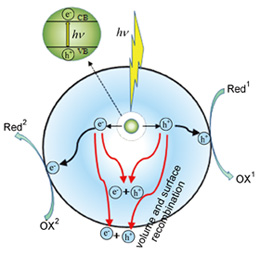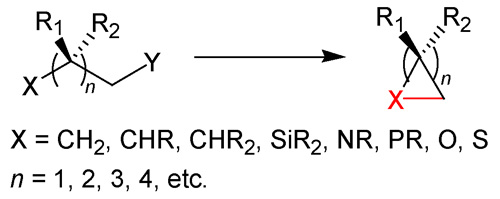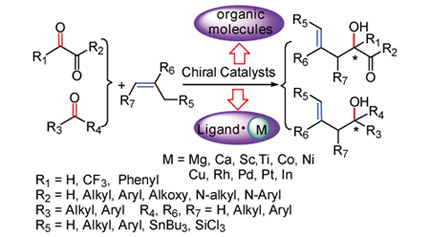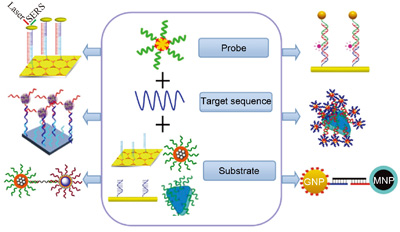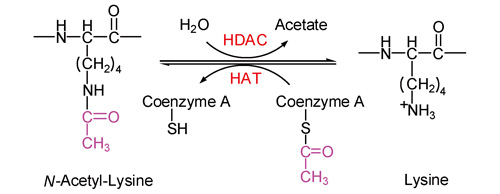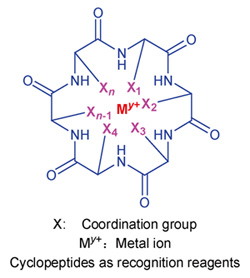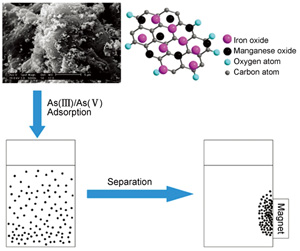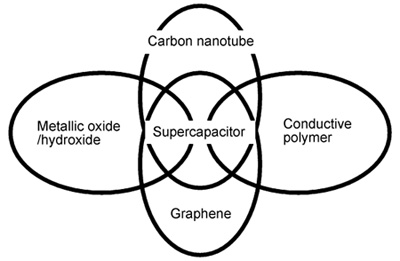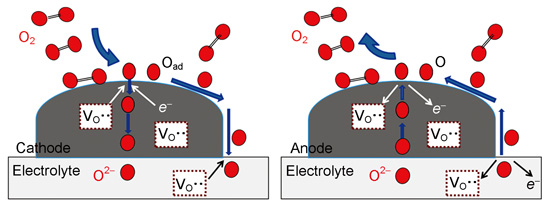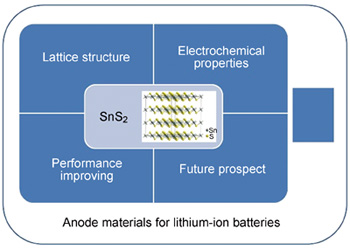Zhao Jun, Huang Renliang, Qi Wei, Wang Yuefei, Su Rongxin, He Zhimin. Self-Assembly of Diphenylalanine Based Peptides:Molecular Design, Structural Control and Applications[J]. Progress in Chemistry, 2014, 26(09): 1445-1459.
The supramolecular self-assembly of diphenylalanine(FF)-based peptides have been the focus of considerable research in the field of supramolecular chemistry and biomaterials over the past few years. Due to the structural diversity, facile functionalization and excellent biocompatibility, the diphenylalanine-based assemblies are extremely attractive as building blocks for various applications such as nanofabrication and tissue engineering. This review aims to introduce the recent advances in the self-assembly of diphenylalanine-based peptides, from the molecular design, structural control and applications. Specifically, we summarize the diphenylalanine-based peptides with different chemical groups, such as acetyl, aromatic ring, amino acid, and short peptides. Meanwhile, we highlight the various strategies and methods for controlling the self-assembly behavior and structure of assemblies, including solvent, interface, vapor, co-assembly and enzymatic assembly. Moreover, we introduce the applications of the diphenylalanine-based nanomaterials, such as the templates for nanomaterials fabrication, elements in sensors, carriers for drug delivery and scaffolds for tissue engineering & regeneration. In addition, the problems existed in this field and the key issues for further research were also discussed in this review.
Contents
1 Introduction
2 Molecular design of FF-based peptides
3 Structural control of FF-based assemblies
3.1 pH and temperature
3.2 Solvents
3.3 Interfaces
3.4 Vapors
3.5 Co-assembly
3.6 Enzymatic self-assembly
4 Applications of FF-based nanomaterials
4.1 Nanofabrication
4.2 Sensors
4.3 Drug delivery
4.4 Tissue engineering and regeneration
4.5 Other applications
5 Conclusion and outlook




